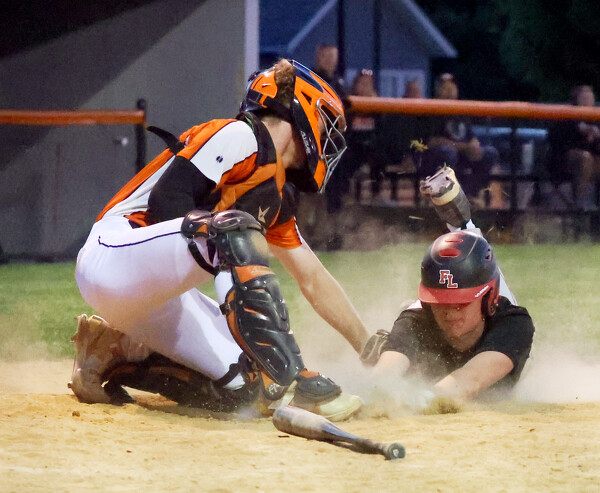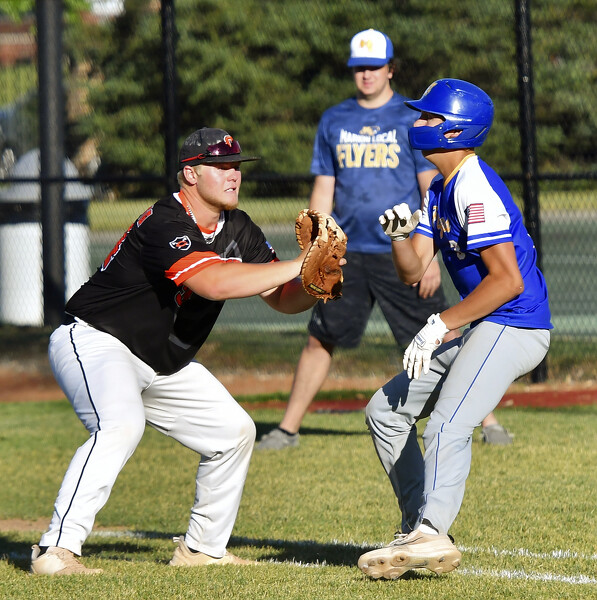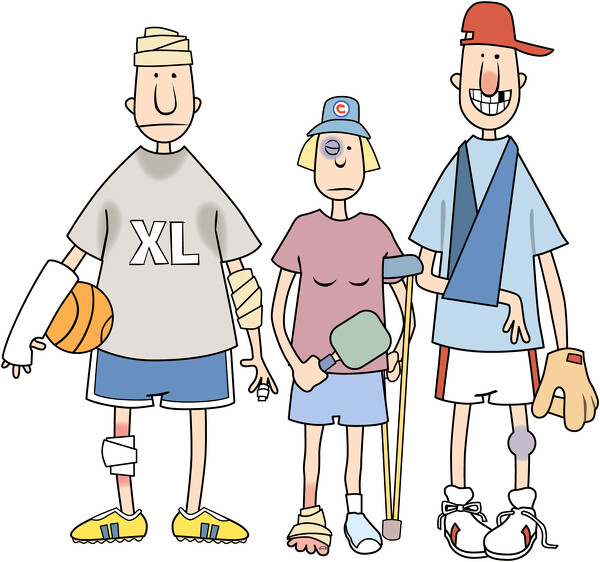
Experts say adults of all ages should be cautious before participating in occasional casual sports due to the risk of injury.
CELINA- With summer well underway, locals are getting involved in various weekend warrior pursuits such as church volleyball leagues, casual pickleball play and co-ed softball leagues.
However, experts say adults of all ages should be cautious before participating in occasional casual sports due to the risk of injury.
Director of Health and Wellness at the Grand Lake Health/ Premier Health North Branch YMCA, Joanna Benanzer, said adults tend to underestimate their risk of injury.
"Especially for adults, we tend to think we are still teenagers, and we can still do things the way we did when we were teenagers," Benanzer said. "So, we kind of go into it with the mindset that we are capable of doing things we did the way we did them when we were younger."
That mindset is what contributes to the muscle strains, sprains and cases of hyperextension many adults run into when starting a new physical activity, Benanzer said. Those are the most commonly experienced injuries related to fitness overall.

Linda McClellan, Celina, hustles to return a ball during a vigorous game of pickleball at Eastview Park on Monday.
Dr. James Borchers, sports medicine specialist at the Ohio State University Wexner Medical Center, agreed, and said that the most common mistake is too much activity too soon.
"Too often it's like, 'I'm going to get involved in pickleball.' And they start playing for a couple hours a day, five days a week," Borchers said. "I think that that is usually the biggest mistake that we see is kind of that inappropriate introduction to activity regardless of what type of activity it is. You can end up with injury following if you do that."
Both Borchers and Benanzer suggested weekend warriors slowly integrate the activity into their daily lives.
"You may think for example, we see this with pickleball, 'Oh, you know, I do fitness, I do exercise and so I'm fit.' Well, yeah, you might be fit, but you haven't done pickle ball activity, so that may require a whole different set of muscles, motions and movements," Borchers said. "It can lead to strains and things that you otherwise wouldn't if you're just jogging, walking or doing the elliptical or riding a bike or something like that."
Borchers said the No. 1 thing amateur athletes should do is learn more about the game they're thinking of trying.
"Whether that's gradually working your way into the activity, making certain you're doing an appropriate warmup, stretching, those sorts of things," he said. "So not just jumping right in at 100% is probably the biggest thing."
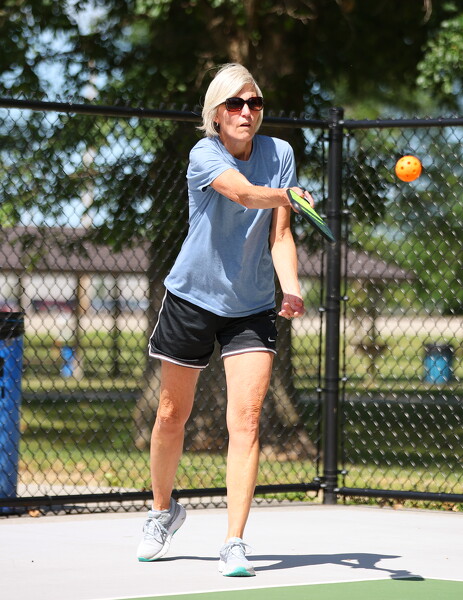
Anita Muhlenkamp, Celina, serves the ball during a pickleball game at Eastview Park in Celina.
Benanzer also stressed the importance of stretching for a minimum of five minutes before and after engaging in any sort of strenuous physical activity. Dynamic stretching and warm-ups are best prior to activity, as they wake up the muscles and joints. Static stretches are best after an activity because they re-stretch all muscles used.
Borchers said stretching is extremely important, and suggested properly cooling down by walking and stretching following activity.
"Usually after activity, doing something to cool down, some stretching always helps to avoid injury," he said. "A lot of times, we see people just walking, doing some light stretching, just making certain that you cool down appropriately can help avoid injury as well."
In addition, Borchers suggested checking in with a healthcare provider before beginning new physical activity. This can help newcomers learn of any healthcare risks or evaluations they should be aware of before starting.
"I think always discussing that with your clinician, your healthcare provider, is a good step," Borchers said.
In the event of injury, Benanzer suggested seeing either a physician or physical therapist.
"I would recommend going to a physical therapist first just because that is their field of study, especially if (the injury is) from overuse," Benanzer said.
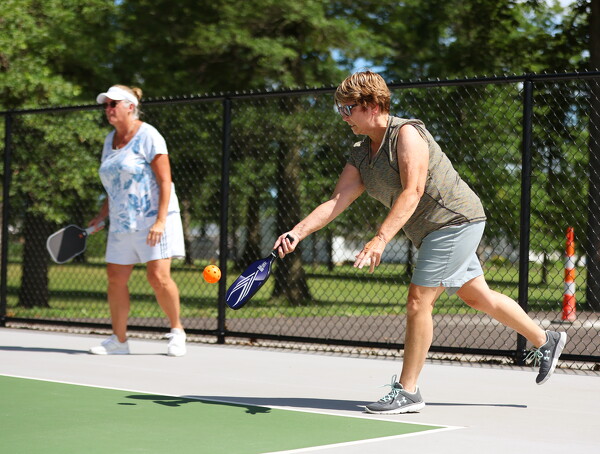
Laura Rolfes, Celina, serves the ball as Karen Perts, Celina, prepares to rally.
